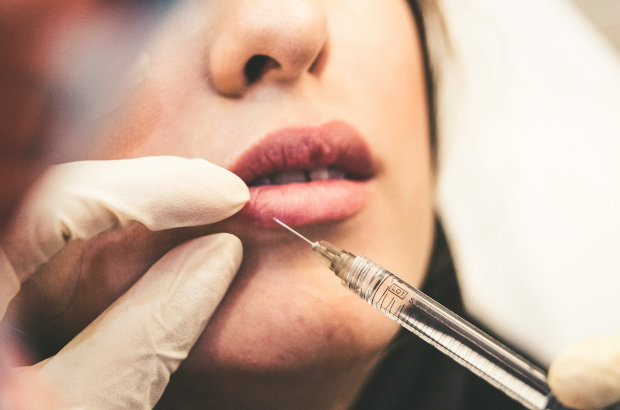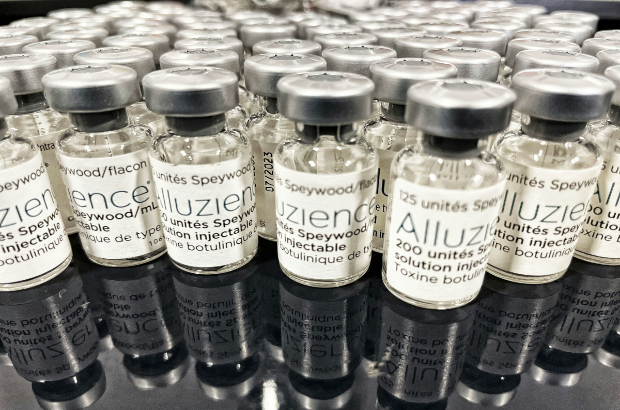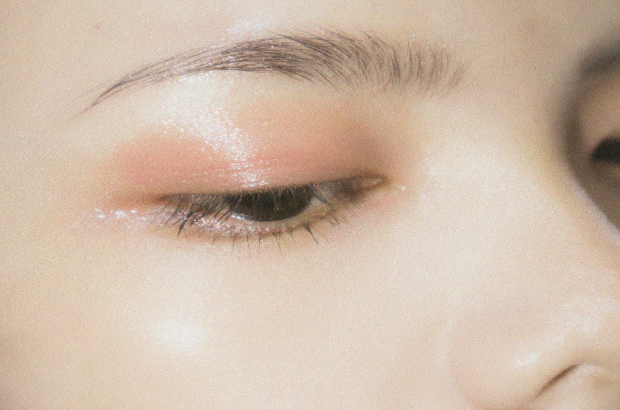
Body + Mind is reader-supported. We may earn an affiliate commission when you buy through some of the links on our site.
Botox is everywhere nowadays, and if you’ve tried it, you’re not alone. Maybe it’s for softening that little forehead line or just feeling a bit fresher. No judgment — it’s what Botox is excellent at. But there’s something most people don’t really know, even though they talk about it online — Botox and empathy — it can freeze your emotions along with the wrinkles.
Getting a few injections could shift how you feel and show up emotionally for others, and it can change how people feel about you. It’s not jealousy or nastiness — it’s how your subconscious mind reads and responds to emotions. It’s the Botox and empathy debate, and science has a few interesting points.

Botox is a purified form of botulinum toxin, generically called onabotulinumtoxinA, which is injected into specific facial muscles, temporarily paralyzing them. It blocks the nerve signals that tell the muscles to contract, decreasing frowning and wrinkle formation. It’s commonly used on the forehead, between the eyebrows and around the eyes or mouth. It requires reinjection every three to six months, depending on how quickly the body metabolizes it. The result is smoother skin, fewer lines and less intense muscle movement to show your feelings.
Because facial muscles feature in expressing emotions like smiling, frowning or laughing, these injections freeze the face into a neutral position, muting your nonverbal microexpressions. The extent of the injections determines how quiet your face becomes.
Your face does more than reflect how you feel — it helps you feel it. When you smile, frown, squint or furrow your brow, those tiny muscle movements send feedback to your brain that reinforces the emotion. The facial feedback loop is a big part of how you process feelings. It doesn’t stop with you, and when someone else is sad or angry or laughing so hard they cry, your face naturally mirrors theirs — without you even realizing it. That mirroring helps you to really get what they’re feeling through better socialization. It’s one of the ways you connect, offer empathy and build emotional safety in relationships.
This facial feedback starts in infancy, when babies see the expressions around them, begin to mirror these and develop a basic understanding of feelings. This is often why babies are delighted when you pull faces at them, and they stare longer at a smile than at a frown. It’s also an integral part of empathy formation. Hollywood is a case for this, with many actors losing the expressive quality of their faces after getting Botox and plastic surgery, which negatively affected their careers as they could no longer connect to their audience.

Research shows that numbing areas like the glabella and preventing facial expression can interrupt the mimicry process that lets you connect to others on a deeper, emotive level. You might still care, still want to connect, but your face can’t show that. People around you who can’t read your emotional signage or expression may feel like something is missing, even if they can’t name it. This isn’t their judgment — it’s a biological survival mechanism that developed before language, and it means the subconscious doesn’t know what to make of the people around you when they don’t show their feelings.
When your face is frozen, it can become challenging for others to interpret your emotional state. Are you happy? Sad? Angry? Imagine attending a funeral where everyone is weeping and sad, but you have a photo-perfect neutral face. It seems you don’t feel upset, even though you may be very sad. People may misread your feelings and intentions.
Over time, this disconnect can create tension, especially in such hypercharged situations. It’s not that people are upset that your face seems “fake” — instead, they can’t rely on microsignals that expressions typically signal.

Because the facial feedback loop informs the amygdala, or emotion center in the brain, Botox injections have emerged as an unusual way to literally “numb” the pain. If frowning signals your brain that you are unhappy, removing the frown may help your brain feel less depressed.
Botox injections have been shown to improve depressive symptoms when the patient no longer frowns or frowns less intensely. For people who struggle with intense or persistent feelings, this muscle “quieting” can offer a surprising sense of relief. While it’s not a cure, and more research is ongoing, some psychiatrists now recommend Botox as a complementary tool for mood support.


Ultimately, what matters is how people react to you and how you feel. So, what do people really think about how getting Botox can influence relationships? Here are a few examples of what Redditers have to say about it:


If wrinkles have you worried, but Botox is too scary to contemplate, you can use these methods to help restore a calmer, more youthful expression to your face.

It might, especially when the injections target areas associated with expressive movement, like the brows. Research suggests that when you can’t physically show an emotion, your brain may register it as less intense. You’re still capable of feeling — it just might feel muted, particularly for milder emotional states.
Yes, but not in obvious ways. It’s like something is off, but you don’t know what. You or your partner, co-workers or friends may feel disconnected because they can’t interpret your state of mind. Miscommunication can result, especially during high-stress situations.
It is, depending on how much Botox is used. Skilled practitioners can focus on preserving movement in areas that support emotional expression, like the outer eyes or lower face, while still softening targeted lines. Communication with your injector matters — so if staying expressive is important to you, make sure to say so.
In a world of “perfection” around every corner, embracing your wrinkles and having life mapped out on your face can be intimidating. The pressure to get plastic surgery, dermal fillers and Botox can be overwhelming, but is it the right choice? Only you can decide whether you want to use any of these procedures or not. Still, information is power, so consider the potential emotional implications of having your face “frozen” to reduce a few wrinkles.
Your email address will only be used to send you our newsletter, and at any time you may unsubscribe. For more information, see our Privacy Policy.